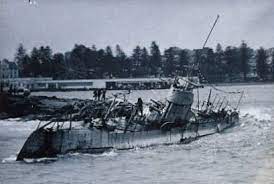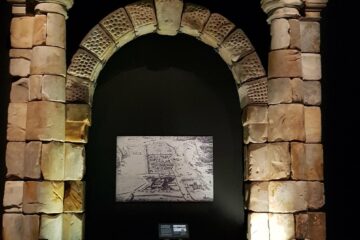The Dutch submarine K-XVIII made a historic visit to Fremantle in 1935. It was the first Dutch submarine to ever visit the port, and it helped to strengthen the ties between the Netherlands and Australia.
The K-XVIII arrived in Fremantle on 13 April 1935, after a long journey from the Netherlands. She was carrying a team of scientists who were conducting gravity measurements. These measurements were important for understanding the Earth’s crust and mantle.
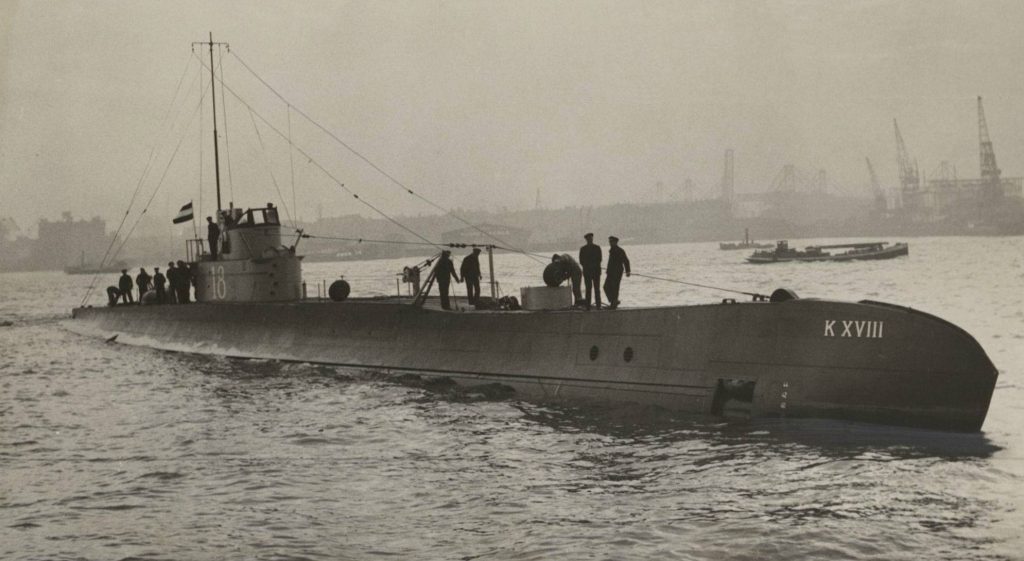
While in Fremantle, the K-XVIII was docked at Garden Island Naval Base. The crew visited the city of Fremantle, and also took a trip to Rottnest Island. They were impressed by the hospitality of the Australian people, and they enjoyed their time in Fremantle.
The K-XVIII’s visit to Fremantle was brief, but it was a significant one. It was the first time a Dutch submarine had visited the port, and it helped to strengthen the ties between the Netherlands and Australia. The visit also helped to promote scientific cooperation between the two countries.
The K-XVIII’s journey continued after her visit to Fremantle. She went on to visit several other ports around the world, including Funchal in Madeira, St. Vincent in the Cape Verde Islands, Dakar in Senegal, Pernambuco in Brazil, Rio de Janeiro in Brazil, Montevideo in Uruguay, Buenos Aires in Argentina, Mar del Plata in Argentina, Cape Town in South Africa, Durban in South Africa, Port Louis in Mauritius, and Fremantle in Australia.
The K-XVIII’s journey was a long and challenging one, but it was also an important one. The submarine was carrying a team of scientists who were conducting gravity measurements. These measurements were important for understanding the Earth’s crust and mantle.
The K-XVIII’s visit to Fremantle was a brief one, but it was a significant one. It was the first time a Dutch submarine had visited the port, and it helped to strengthen the ties between the Netherlands and Australia. The visit also helped to promote scientific cooperation between the two countries.
K XVIII Postal history 1935.
A cover with “Government House Mauritius” on flap addressed to “Lady Jackson, Fremantle, Australia” franked with Mauritius 5c Jubilee cancelled by the “NEDERLANDSCHE MARINE” cachet of the submarine, endorsed “Per Sub K XVIII” and carried by the submarine to Soerabaja where it was posted with Netherland Indies 35c franking for registered letter rate to Australia, subsequently hand stamped “UNCLAIMED” and “NOT KNOWN BY LETTER CARRIER” (back stamped at Fremantle) returned to Soerabaja then redirected to the Netherlands. Source: Leski Auctions.
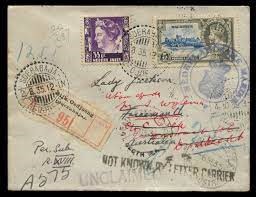
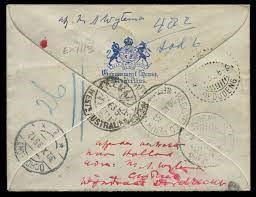
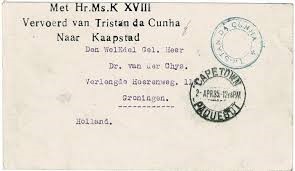
1935 envelope to Groningen, Holland with a blue Type V cancel and a Dutch Submarine Cachet “Met Hr.Ms.K XVIII / Vervoerd van Tristan da Cunha / Naar Kaapstad”. A Cape Town 2 APR 35 Paquebot cancel is on the front of the cover. On the back is an endorsement by Submarine Officer C v/d Linden with ‘Tristan Da Cunha’ written underneath. The submarine arrived at Cape Town on April 1, 1935. Source: D. Morrison Ltd
See also:
The Hr.Ms. K XVIII
The Hr.Ms. K XVIII was a Dutch submarine of the K XIV class. The K XVIII was built by the Rotterdam shipyard Fijenoord. Like all other K submarines, the K XVIII was purchased by the Dutch Ministry of Colonies as a patrol ship for the Dutch East Indies.
On November 14, 1934, the K XVIII departed from Den Helder for the Dutch East Indies, where the ship arrived in Surabaya on July 11, 1935. During this trip, F.A. Vening Meinesz carried out part of his gravitational research and film recordings were made for the Polygoon film-documentary 20,000 Miles over the Sea.
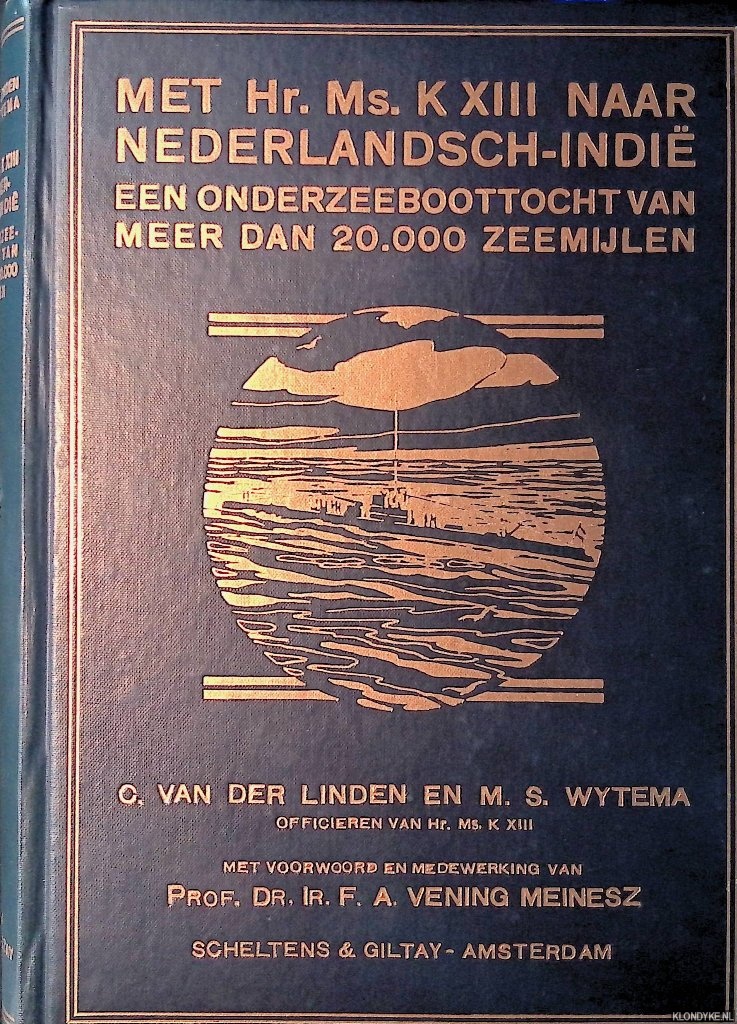
The book “Met Hr. Ms. K XIII naar Nederlandsch-Indië. Een onderzeeboottocht van meer dan 20.000 zeemijlen”. by Max Samuel Wytema was also published about this trip.
Halfway through the crossing, the K XVIII acted as a beacon for the Fokker F.XVIII Snip during KLM’s first transatlantic flight to Curaçao.
During the naval review on September 6, 1938 in Surabaya in honour of Queen Wilhelmina’s forty-year jubilee, the K XVIII was one of six submarines that took part in this naval review.
The ship was scuttled in the harbour of Surabaya on March 8 1942 during the invasion of Japan.
See also:
HNLMS KXVIII, large scale model
Draagpenning van de Rijkscommissie voor graadmeting en waterpassing
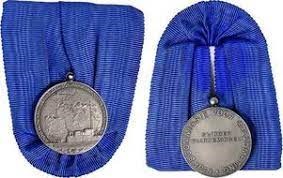
In 1926 and 1936, commemorative medals, the Medals of the State Commission for Degree Measurement, were awarded by the National Commission for Degree Measurement and Leveling, established by Royal Decree on February 20, 1879. They recalled the trips made in 1926 and 1934/35 by the submarines Hr. Ms. K XIII and Mr. Ms. K XVIII.
The K XIII sailed under the command of Lieutenant of the first class L.G.L. van der Kun (1892-1962) from Den Helder, via the Panama Canal to Surabaya. The K XVIII fell under the command of Lieutenant Commander of the First Class D.C.M. Hetterschij (1891-1948) and sailed via South America and Cape Town to Surabaya. Along the way, Felix Vening Meinesz made observations with a pendulum that recorded the strength of gravity at sea. 35 medals were awarded twice, with Lieutenant Commander Second Class Max Samuel Wytema and Officer Naval Steam Service C. van der Linden, who had experienced both trips, receiving two medals.
The 1935 medal is a round silver medal on which a submarine sails on the surface against the background of a world map. Around it is written “TOCHT Hr.Ms. KXVIII. DEN HELDER-SURABAJA . 14 NOV.1934 TO 11 JULY 1935”.
The medal was worn on a nassau blue ribbon. A small, almost square, silver buckle was pinned to the baton, inscribed “K.XVIII”.

